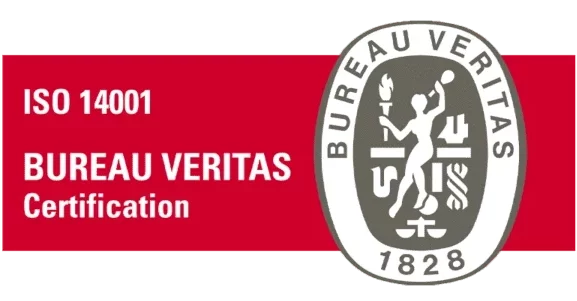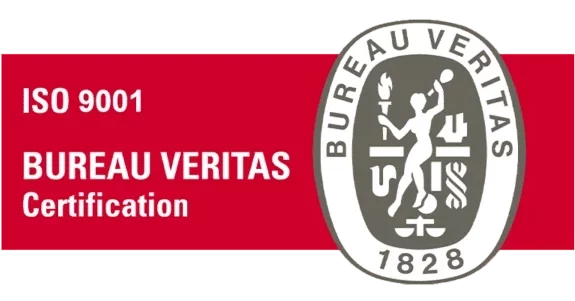Quality control: excellence at every step
Quality is at the hearth of every part we produce. To achieve this, we use a combination of advanced testing techniques, such as CMM, dye penetrant, and ultrasonic testing, along with rigorous inspections at every stage of production. Detailed reports on each phase of the control process are possible upon request, ensuring full transparency and confidence in the exceptional quality of every part we produce.
Dimensional controls:
With an online system from dimensional control and control plans, we ensure full traceability of the components we make. The operators log in their inspections onto the software, allowing us to make statistical analysis at a glance. We are also equipped with CMMs for complex shapes and geometrical tolerances.
Dye Penetrant Testing (PT):
For surface integrity testing, we have installed a dedicated dye penetrant line, a non-destructive testing (NDT) method. This ensures that any surface cracks or porosities are detected, guaranteeing the reliability and durability of our products. Our inspectors are qualified to the rigorous aerospace standards EN 4179 and NAS 410.
Ultrasonic Testing (US):
Ultrasonic testing is used to inspect the internal structure of our components. This non-invasive technique helps identify any potential flaws or inconsistencies at the bonding line, ensuring the strength and performance of each part. Our inspectors are qualified to the rigorous aerospace standards EN 4179 and NAS 410, Level II.
Certifications
Our quality system has been designed to meet the guidelines and requirements of the ISO 9001, EN9100 and ISO 14001 standards. Because we work with the largest aerospace OEMs, you will also find Kugler Bimetal as an approved supplier for Collins Aerospace, Parker Hannifin Aerospace, Eaton Aerospace, Safran and Rolls Royce, to mention a few.

This certification addresses various aspects of environmental management and deal with environmental management systems (EMS).

This certification is the standard that provides a set of standardized requirements for a quality management system.

EN 9100 is the standard quality for aerospace and defense sectors. EN 9100 certification is a requirement for all suppliers of aviation markets.
Our
Advantages
COMPACTNESS
With the steel strength a very thin layer of Tokat® bronze is applied as a tribological surface, enabling a much more compact design, notably for bearings and bushes.
SIMPLICITY
Reduction of the number of components at the assembly level, resulting in substantial economies.
POST TREATMENT
- The steel/bronze bond is not affected by post heating, up to about +700°C.
In the course of manufacturing, the customer may, therefore: - Weld the steel portion of the Kugler BIMETAL parts.
- Carry out treatments to the steel surface, such as nitrating, tempering by induction or plating.
- In certain cases, carry out thermal treatments on the entire part.
GREAT SECURITY IN USE
- Reduced galling and fretting risks due to the self-lubricating properties of the Tokat® bronze layer. This can be increased by a running-in layer of organic or inorganic coatings applied to the finish machined component.
- The elastic properties of the thin Tokat® bronze layer allow it to accommodate to shaft misalignment, reducing edge-load effects.
- Tokat® bronze natural embeddability help absorb hard abrasive particles, protecting the tribological system from abrasive wear.
STRENGTH AND SECURITY
With more than 70% of the load being taken by the metallic substrate, a Tokat® bimetal bushing will take as much as two times more load than a standard manganese bronze or aluminum bronze bushing.